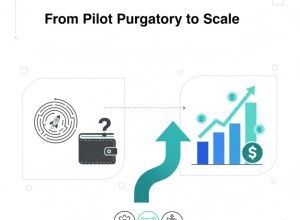Latency Budgets for the Real World: Designing Edge AI Pipelines
Latency determines whether your Edge AI system is practical or just a demo. Every millisecond between sensor capture and decision affects control accuracy, reject timing, and operator trust. Building a latency budget is the first step in designing a reliable AI pipeline for real manufacturing environments.
Defining the Latency Budget
A latency budget allocates maximum permissible delay across each stage of the data path:
- Sensor acquisition
- Preprocessing and normalization
- Model inference
- Post-processing and decision logic
- Communication with PLC or HMI
Typical total latency targets:
- Visual inspection: ≤100 ms
- Motion control feedback: ≤10 ms
- Condition monitoring: ≤1 s
Breaking Down the Pipeline
| Stage | Typical Time (ms) | Optimization Strategy |
|---|---|---|
| Sensor readout | 5–10 | Use direct memory access (DMA) or frame grabbers |
| Preprocessing | 10–25 | Run on GPU using OpenCV CUDA or OpenCL |
| Inference | 15–50 | Quantize model to INT8, use TensorRT or OpenVINO |
| Post-processing | 5–15 | Pipeline tasks in parallel threads |
| Control output | 2–10 | Use OPC UA PubSub with TSN synchronization |
Monitoring and Validation
Continuous latency monitoring ensures long-term reliability. Edge gateways can log per-stage timing to a local historian or dashboard. Alerts trigger if budgets are exceeded for a sustained window, prompting retraining or optimization.
Case Study: High-Speed Packaging Line
A packaging OEM budgeted 80 ms for camera-to-actuator loop time. After quantizing its CNN and moving preprocessing to GPU, total latency dropped from 132 ms to 76 ms, improving reject precision by 18%. OTA updates preserved performance consistency across 40 production lines.
Design Best Practices
- Define latency budgets before model design.
- Profile each pipeline stage under realistic load.
- Separate real-time and non-critical data paths physically.
- Use time-synchronized networking (IEEE 802.1AS / TSN).
Related Articles
- Edge AI vs Cloud AI for Manufacturing: Where Each Wins in 2025
- Containerized OT: Running AI Safely Next to PLCs
- Jetson, OpenVINO, or ROCm? Selecting Edge AI Hardware for Vision and Robotics
Conclusion
Edge AI succeeds when designed like a control system: measurable, bounded, and predictable. Latency budgets translate theory into performance, ensuring every millisecond counts toward accuracy, efficiency, and uptime.









































Interested? Submit your enquiry using the form below:
Only available for registered users. Sign In to your account or register here.